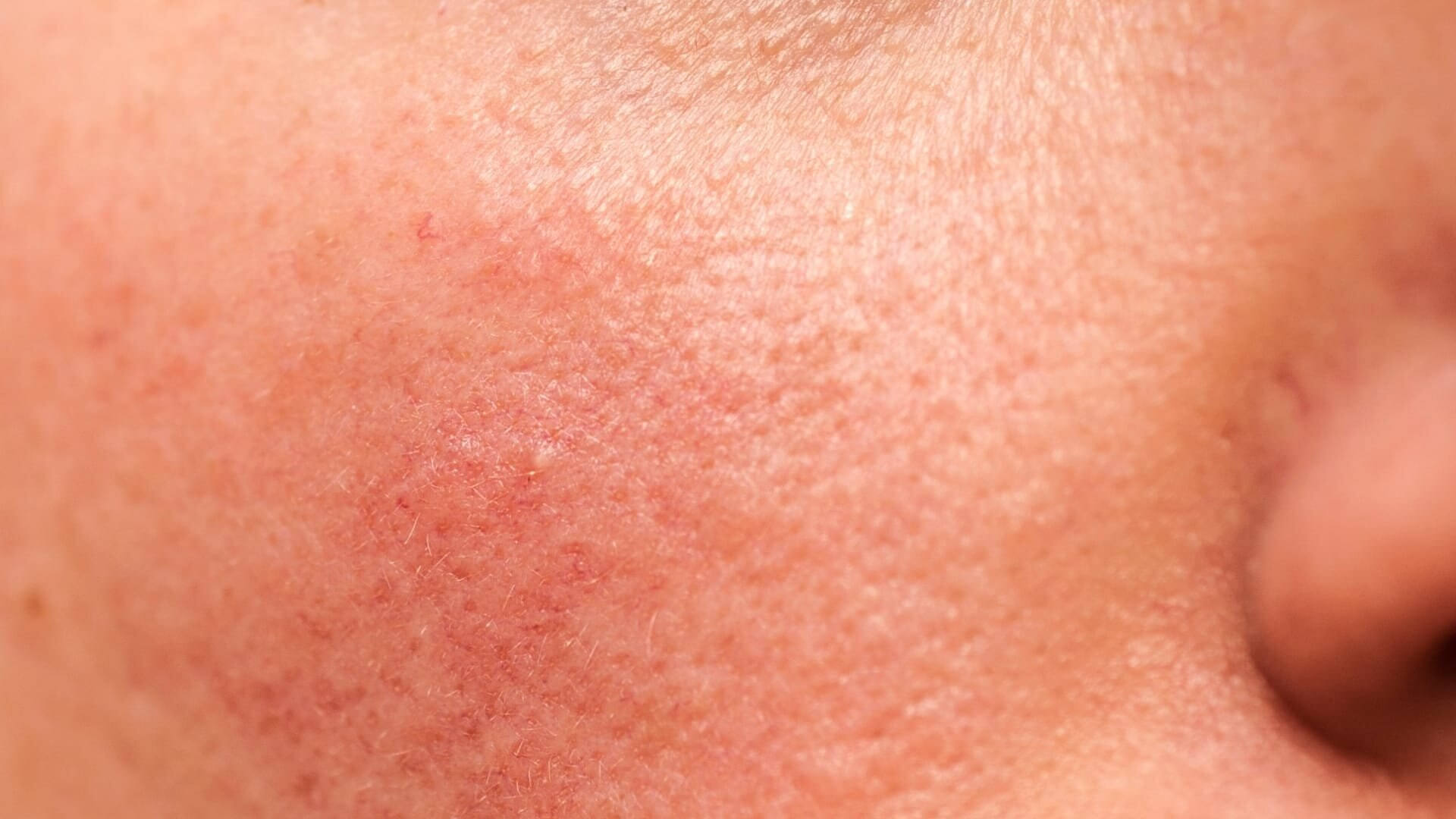ROSACEA IS A CHRONIC SKIN CONDITION THAT AFFECTS THE FACE
London Dermatology | 6 January 2025
Rosacea is a chronic skin condition that often goes undiagnosed because its symptoms – which include persistent facial redness, flushing, and blemishes – can be confused with those of acne or dismissed as untreatable.
Rosacea is a chronic condition characterized by a redness of the skin that resembles sunburn. Redness caused by rosacea often comes and goes at first but over time becomes lasting. Rosacea may be prompted by a variety of triggers, such as heat, caffeine, or stress.
There are four types of rosacea, though many people experience symptoms of more than one type.
Erythematotelangiectatic Rosacea
Erythematotelangiectatic rosacea is characterised by persistent redness on the face. Small blood vessels beneath the skin surface may become enlarged and visible; these symptoms often flare up and then disappear. Without treatment, the redness can get more persistent, cover more skin and even become permanent.
Papulopustular Rosacea
Papulopustular rosacea is associated with “whitehead” pustules, which are pus-filled blemishes, and red, swollen bumps. These typically appear on the cheeks, chin, and forehead and are frequently misidentified as acne. Facial redness and flushing may appear, as well. Severe papulopustular rosacea can cause upwards of 40 blemishes that can take a long time to go away. Blemishes may also appear on the scalp, neck or chest.
Phymatous Rosacea
Phymatous rosacea causes skin to thicken and scar, making it bumpy, swollen, and sometimes discoloured. This rare but treatable type most often affects the nose – resulting in what is sometimes called a bulbous nose, or rhinophyma – and appears more frequently in men than in women.
Ocular Rosacea
In ocular rosacea, symptoms affect the eyes, causing them to look watery or bloodshot. There may be an associated feeling of burning or irritation in your eyes. Ocular rosacea can cause persistently dry, sensitive eyes, and cysts may form on the eyelids. Ocular symptoms of rosacea may be more common than previously thought, because the connection between skin symptoms and the eyes can be easily overlooked.

